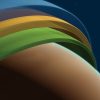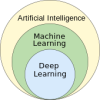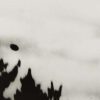Gluttonous star may hold clues to planet formation0
- From Around the Web, Space
- June 14, 2016
A star that takes a lot of materials from its surroundings could very well give us an idea on how planets form.
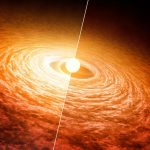
A star that takes a lot of materials from its surroundings could very well give us an idea on how planets form.

NASA, in partnership with the nonprofit Methuselah Foundation’s New Organ Alliance, is seeking ways to advance the field of bioengineering through a new prize competition.
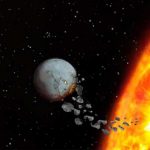
Consuming a metal rich planet in it’s early life, stars can change color.

Something strange is happening out in space when the Earth is crossing through the heliospheric current sheet.
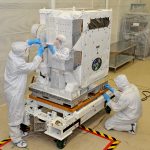
An upcoming NASA astrophysics mission will uncover the physics governing the ultra-dense interiors of neutron stars. Using the same platform, the mission will demonstrate trailblazing space navigation technology.

The final 100 candidates for the controversial Mars One mission are set to undergo more rigorous tests.

The U.S. government will soon grant a private-sector start-up permission to conduct their own moon mission.
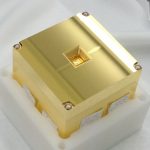
Test masses carved from blocks of high purity gold-platinum alloy, and weighing nearly 2 kilograms, are flying aboard the LISA Pathfinder spacecraft in the development of systems that will detect gravitational waves as part of the forthcoming LISA space-based gravitational wave observatory.
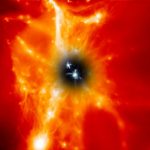
Galaxies ‘waste’ large amounts of heavy elements generated by star formation by ejecting them up to a million light years away into their surrounding halos and deep space, according to a new study.
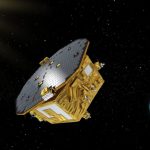
Job done. LISA Pathfinder, the European mission launched to see whether it would be possible to build a gravitational wave detector in space, has reported back that the answer is a resounding yes.
